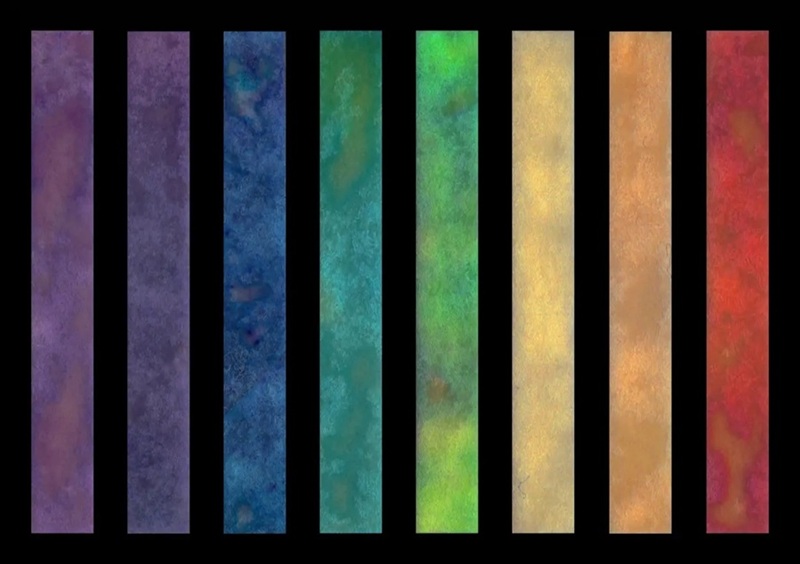Probe Detects HIV Protease and Toxicity of Drugs
By LabMedica International staff writers
Posted on 11 Oct 2010
A molecular probe has been developed that can simultaneously detect the presence of Human immunodeficiency viral (HIV) protease and the toxic levels of chemotherapy. Posted on 11 Oct 2010
A screening system has been created that by applying fluorescent proteins, one green and one red, they generate Förster resonance energy transfer signals responsive to HIV-1 protease inhibition and activity. The probe can be used to investigate the efficacy and efficiency of HIV drugs, some of which are so toxic that many patients elect to stop treatment.
Förster resonance energy transfer is a mechanism of energy transfer between a donor and receptor chromophore, which is the part of a molecule that is responsible for its color. The energy transfer prompts reactions from cells in the form of color. In the absence of protease inhibitors from various compounds, the investigators observed green and yellow cells. When protease inhibitors were added to cells, they showed a red color.
Currently, treatment of HIV infection depends heavily upon a strategy referred to as highly active antiretroviral therapy, or HAART, in which drugs that inhibit HIV-1 protease are combined with drugs that suppress virus replication. Proteases are a family of enzymes that break down polyproteins and are essential for the life cycle of HIV. Although HAART has reduced mortality, it has significant side effects. A quarter of patients with HIV stop therapy within the first year due to symptoms related to its high toxicity.
Sha Jin, Ph.D., an assistant professor at the University of Arkansas (Fayetteville, AR, USA), who developed the probe, said, "We confirmed that compounds nelfinavir and lopinavir were toxic to cells, since many healthy cells died after two days incubation; indinavir, sequinavir, and ritonavir showed less toxicity." Because the drugs are expensive, patients in low-income countries start treatment at the acquired immunodeficiency syndrome (AIDS) stage of the disease, which leads to higher morbidity and mortality rates. Most importantly, existing treatment for HIV cannot eradicate the virus from patients.
Related Links:
University of Arkansas













